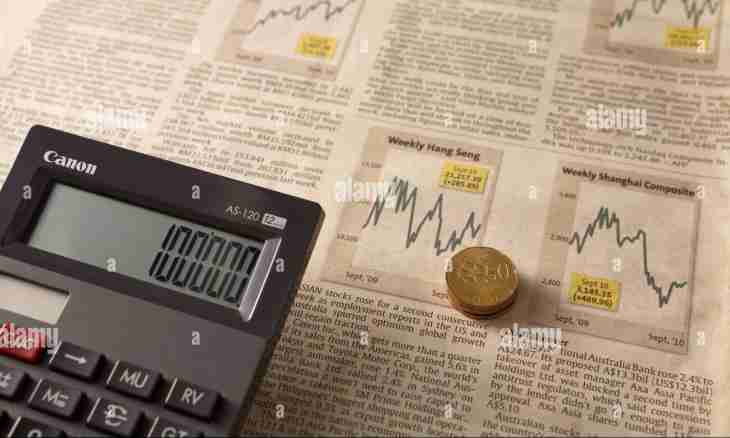Market size – the indicator speaking about that how many goods or services are consumed in a certain geographical territory per unit of time. The concept of "volume" of the market is often confused with its "capacity", a difference that capacity demonstrates solvent demand, volume – about really sold goods or services.
Instruction
1. In the beginning you need to define geography, the described market (or its segment) and information sources – as a rule, it is results of polls, researches, expert estimates, industry statistics, etc. Define a period which you will estimate (as a rule, it is month, quarter or year) and also units in which you will estimate market size. It is possible in pieces or liters (if business concerns separate groups of goods), but is more often after all in monetary units.
2. Estimate possible sources of information and select in amount of opinion of experts, sufficient for your tasks, statistics figures, data of polls. You need to find the most exact and, the main thing, the checked data. In some cases it is necessary to do analytical work, comparing separate fragments of information and reducing all day in a uniform format (we will tell, in rubles). There can be a number of difficulties, for example, the size of the market of goods in general is simpler to calculate, than the market of services. It is also much simpler to estimate market size or the certain sector in general, than the size of the market of separate goods or (especially) service; in this case, with high probability you should resort to methods of indirect assessment.
3. You need to present the obtained "crude" data in the form of several important indicators. The first is, in assessment, market total volume in the set interval of time, dynamics of its change for two-three previous intervals of time and the forecast (trend) on following. The second – distribution of total volume between territories (as a rule, show shares of the large cities in total volume), their dynamics and trends. The third indicator – distribution of market size between the leading players (and respectively as their shares in the past what forecast changed). The fourth – the most sold goods or groups of goods and their share, respectively, dynamics and the forecast. And at last, the fifth indicator (it not obligatory because demands a separate research, but very essential) – a ratio, in assessment, the total volume of the market and its capacity.

